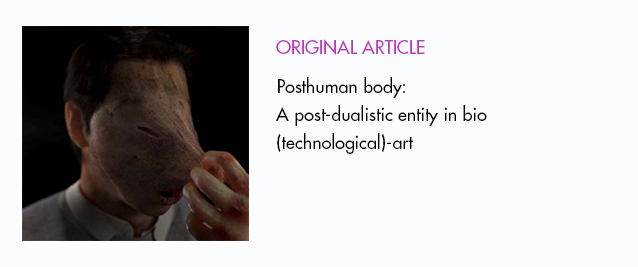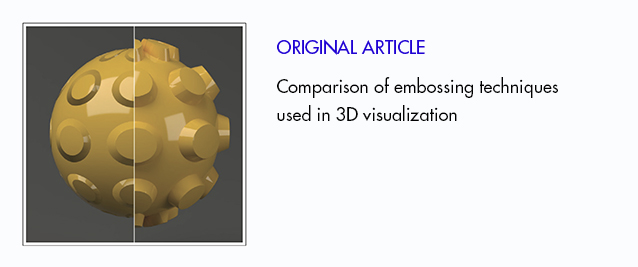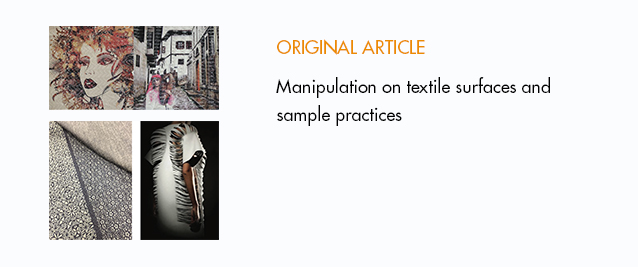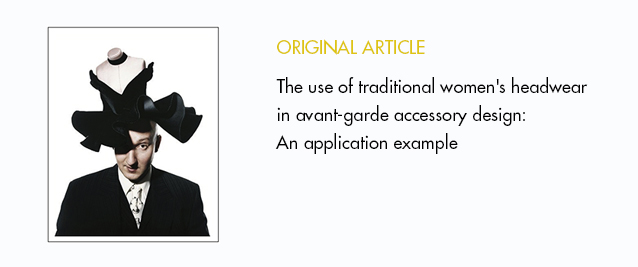Abstract
In this study, the Prisoners work of art by German female artist Käthe Kollwitz whom reflects her political views in this painting was analysed. This work was completed before World War I (1908) and is the part of German Peasants’ War series. Although German Peasants’ War (Deutscher Bauernkrieg, 1525) is an event of the past, this work of art was used to criticize the political practices of Kollwitz’s period.
Germany is subjected to a painful transition phase towards democracy. Kollwitz uttered the need for changing the old practices and ending the injustices that came from the past by using her works as a female artist. Certain groups appreciate her reaction. Thus, Large Berlin Art Exhibition (Grosse Berliner Kunstausstellung) regards Käthe Kollwitz worthy of that year’s (1898) award. Yet Wilhelm II, who is not satisfied with her works that are originated from political attitudes, disallowed to present the award.
Additionally, Kollwitz’s changing opinions and behaviours before and after the war are featured. The artist selected the topics such as rebellion and struggle before World War I and pain, horror and separation caused by the war in the post-war period. Here the effect of her son Peter, whom she lost during the World War I, can also be observed. This study mainly elaborates Kollowitz’s prewar works. Descriptions from “the Prisoners” are used. Besides, explanations about the lightshadow and composition scheme of this work are made. The reasons why this gravure painted work has caught the attention are emphasized.
The role of artist’s political attitudes toward forming the social consciousness is also mentioned. Compared to other individual’s in the society, the thought that an artist has further tools to express a certain statement are highlighted.
In the last section, how an artist should place his/her political direction while continuing to present successful works is included using “the Prisoners” work.
Bu çalışmada Alman kadın sanatçı Käthe Kollwitz‟in politik görüşünün bir tür yansıması olan tutuklular adlı eserin analizi yapılmıştır. 1. Dünya savaşı öncesinde (1908) tamamlanan bu eser, Alman Köylü Savaşı serisinden bir parçadır. Alman Köylü Savaşı (Deutscher Bauernkrieg,1525), geçmişte kalmış bir konu olmasına rağmen, Kollwitz tarafından kendi dönemindeki politik uygulamaları eleştirmek için kullanılmıştır.
Almanya‟da demokrasiye geçişin sancılı evrelerinden biri yaşanmaktadır. Kollwitz, eski uygulamaların değişmesi ve geçmişten bu yana süregelen haksızlıkların son bulması için, bir kadın sanatçı olarak eserleriyle tepkisini dile getirmiştir. Bu tepkisi bazı çevrelerde takdirle karşılanmıştır. Bunun sonucu olarak, yılda bir düzenlenen Büyük Berlin Sergisi jürisi (Grosse Berliner Kunstausstellung), o yılki (1898) ödüle Käthe Kollwitz‟i layık görmüştür. Ama bu politik tavır ile yaptığı çalışmalardan memnun olmayan II. Wilhelm, ödülün ona verilmesine izin vermemiştir.
Bunun yanında savaş öncesi ve sonrası Kollwitz‟in değişen görüş ve tutumuna yer verilmiştir. Sanatçı, 1. Dünya Savaşı öncesi dönemde isyan ve mücadele, savaş sonrasında ise savaşın sebep olduğu acı, korku ve ayrılık temalarını işlemiştir. Bunda 1. Dünya savaşında kaybettiği oğlu Peter‟in de etkisi olmuştur. Tabi bu çalışmada daha çok Kollwitz‟in savaş öncesi çalışmaları üzerinde durulmuştur. Tutuklular adlı eserden betimlemelere yer verilmiştir. Ayrıca, bu eserdeki ışık-gölge ve kompozisyon şeması hakkında açıklamalar yapılmıştır. Gravür baskı tekniğiyle yaptığı bu çalışmasının dikkat çekmesinin sebepleri üzerinde durulmuştur.
Ayrıca, sanatçının sergilediği bu politik tutumun toplumsal bilincin oluşmasındaki rolüne değinilmiştir. Toplumdaki diğer bireylerle karşılaştırıldığında, bir sanatçının daha belirgin bir ifade aracına sahip olduğu düşüncesine vurgu yapılmıştır.
Son bölümde ise tutuklular adlı eser üzerinden, bir sanatçının başarılı eser vermeye çalışırken siyasi yönünü nasıl konumlandırması gerektiğine yer verilmiştir.
















